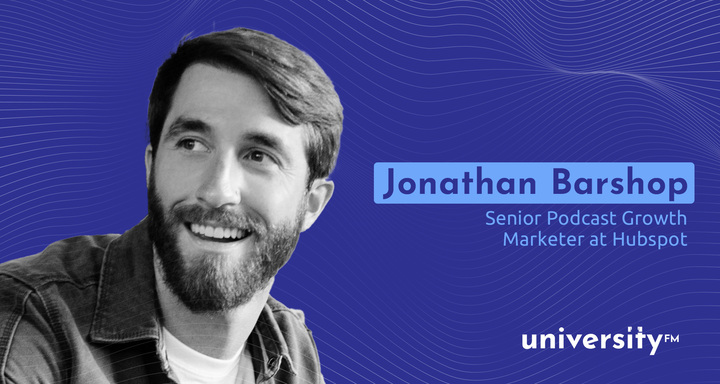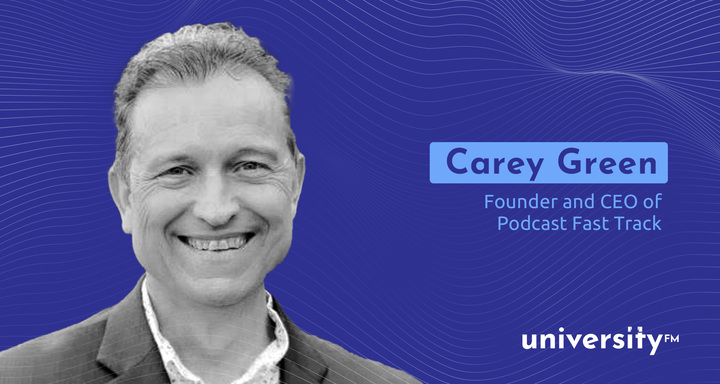
Podcast virality occurs when a podcast experiences a sudden spike in attention, whether in the form of episode listens and downloads or social media shares and likes. Because podcast virality is often a multiplatform event, podcasters who want to achieve increased audience attention should maintain an active presence on the platforms that their audiences are most active on.
This article addresses several ways that podcast virality can occur. Again, podcast virality frequently takes place across platforms. So taking time to strengthen a podcast’s approach in each of these areas can strengthen the chances of a podcast going viral.
Existing base

A podcast’s existing base can play a large role in helping a podcast to go viral. Podcasts with superfans—listeners highly dedicated to the content and messages of a podcast—have an added advantage in terms of going viral. Superfans can help podcasts gain attention by sharing and circulating podcast content.
In order to go viral, podcasts should be keenly aware of the specific interests that their existing base and target audience share. While creating content for a target audience is certainly helpful, speaking to the audience that you already have can go a long way.
Topic

The topic of a podcast, depending on its popularity and timeliness, can also help a podcast achieve virality. Good podcast topics spark curiosity on current issues and/or relate well to the target audience. Touching on these topics make a podcast more shareable which, in turn, can help a podcast go viral.
For instance, podcasts that tackle subjects like diversity and inclusion, representation issues and new technologies like AI and ChatGPT have recently been popular in the podcasting space. Further, because these topics are currently trending outside of the podcast space, podcasters can also tap into audiences who may not be regular podcast listeners.
Show host and/or guest

A podcast’s show host can draw attention to a podcast. Podcast hosts themselves may specialize in a certain topic area and create content on that subject. For instance, professors who are enthusiastic about teaching a topic might start a podcast related to that topic. Audiences might be drawn to the podcast specifically because of that professor’s expertise.
Some podcast hosts focus more specifically on highlighting their guests. Inviting more popular guests to speak on a show can raise listener attention and keep them returning to hear more from other guests as the show progresses.
Social media

Often, podcasts gain attention through reposting of short videos and clips on social media. Podcast creators should keep this element of virality in mind when producing their own content. Podcasts that are produced with video in addition to audio can be adapted for better sharing on platforms such as YouTube and TikTok, which prioritize video content.
Podcasters can help this process along by uploading their own clips from a podcast episode to their social media channels, giving listeners something to easily share with friends.
SEO and accessibility

Proper use of SEO can help a podcast gain traction and attention in a saturated media environment. For a podcast’s website, consider the key phrases and words that are used on the home page, as well as recurring mentions of key phrases and words in text throughout the website. Headlines on pages of the website and keywords listed in page URLs also play a role in how high your website ranks in search engines.
In addition to SEO, implementing the use of transcripts can help reach audiences with disabilities. Various transcription programs exist for audio content—however, be prepared to touch up the transcript yourself.
Sustaining growth
Once a podcast has gone viral, having a plan in place can help creators to retain audience attention in the long run. To better understand what content has been most successful during virality, a content audit and review of podcast metrics and social media analytics should be conducted.
Looking at specific numbers for listens, downloads per podcast episode and views and shares can help a creator determine what content has been most successful with their audience. Additionally, demographic information can also reveal what content has been most popular with specific groups in a creator’s audience. Access to this data can sharpen the focus of future podcast production goals.




